Description
BAPV Solar Roof Mount power generation refers to laying photovoltaic modules on the roof to convert solar energy into electrical energy to achieve the purpose of using solar energy to generate electricity. The BAPV Solar Roof Mount power generation system consists of solar panels, photovoltaic inverters, photovoltaic brackets and photovoltaic cables. There are also supporting facilities such as lightning protection devices, protection systems, and detection systems. It is a new type of power generation and comprehensive energy utilization method with broad development prospects. It can effectively increase the power generation of photovoltaic power generation of the same scale, and can also effectively solve the problem of voltage and long-distance transportation.
WHB&R BAPV Solar Roof Mount power generation has the following characteristics:
- The operation of the BAPV Solar Roof Mount power generation system has no mechanical rotating parts, no fuel and water sources, and the power generation process is simple.
- BAPV Solar Roof Mount generation is High energy quality, wide resources, and easy access in all directions; it can avoid long-distance power transmission and power supply, and avoid power loss caused by long-distance transmission lines.
- Temperature isolation, heat insulation in summer and cold protection in winter. Photovoltaic panels can convert part of the solar energy into electrical energy, reducing the heat generated by solar radiation and reducing the thermal load of the building. Similarly, in winter, it can reduce the heat dissipation outside the house and maintain the indoor temperature well.
- Effective lightning protection, safer. The electrical equipment of the rooftop solar photovoltaic power generation system has lightning protection function. Moreover, the photovoltaic power generation system makes full use of the steel structure bracket under each photovoltaic cell module as a natural grounding body. Different artificial grounding grids are laid according to the actual site conditions and soil resistivity to meet the requirements of grounding resistance. The key areas are strengthened to ensure even layout. Meet the requirements for contact potential and step voltage.
- BAPV Solar Roof Mount is Environmentally friendly. There are no substances including greenhouse gases, no vibration pollution, and no radiation harmful to human health. No noise, zero pollution emissions.
- BAPV Solar Roof Mount is not limited by the resource distribution area and can take advantage of the roof of the building; it can be installed not only on the roof of residential facilities, but also on industrial-scale facilities. The development of rooftop distributed photovoltaic technology can also effectively solve the power problem in remote mountain villages.
- The BAPV Solar Roof Mount power generation system has a short construction period and simple operation and maintenance. As long as there is sunlight, photovoltaic modules will have electricity. When it’s cold in winter, you don’t have to worry about lack of power. Temperature affects, but the effect is small. Factors that directly affect power generation include displacement intensity and sunlight, as well as the operating temperature of solar cell modules. In winter, the temperature is lower and the sunshine hours are shorter, so the power generation is generally less than in summer, which is normal.
- For individuals, installing photovoltaic power stations can save electricity. Photovoltaic power plants generate electricity using sunlight. The electricity generated can be used directly for domestic use. In addition to additional benefits, it is also equivalent to adding a layer of insulation to the roof, which can play a role in thermal insulation and cooling.
Components of a Solar Roof Mount solar array:
The following section contains the most commonly utilized components of a rooftop solar array. Though designs may vary with roof type (such as warehouse metal roof, individuals shingle), roof angle, and shading concerns, most arrays consist of some variation of the following components.
- Solar Panels produce carbon free electricity when irradiated with sunlight. Often made of Silicon, solar panels are made of smaller solar cells which typically have 6 cells per panel. Multiple solar panels strung together make up a solar array. Solar panels are generally protected by tempered glass and secured with an aluminum frame. The front of a solar panel is very durable whereas the back of a panel is generally more vulnerable.
- Mounting clamps generally consist of aluminum brackets and stainless steel bolts that secure solar panels to one another on the roof and onto the rails. Clamps often vary in design in order to account for various roof and rail configurations.
- Racking or rails are made of metal and often lie in a parallel configuration on the roof for the panels to lie on. It is important that the rails are level enough for the panels to be evenly mounted.
- Mounts attach the rails and the entire array to the surface of the roof. These mounts are often L brackets that are bolted through flashing and into the rafters of the roof. Mounts vary in design due to the wide range of roof configurations and materials.[8]
- Flashings are a durable metal plate that provide a water resistant seal between the mounts and roof surface. Oftentimes, caulk is used to seal the flashing to the roof and it resembles a metal roof shingle.
- DC/AC wiring for inverters connect wires between panels and into a micro inverter or string inverter. No cables should touch the roof surface or hang from the array to avoid weathering and the deterioration of cables.
- Micro inverters are mounted to the bottom of the panel and convert DC power from the panels into AC power that can be sent into the grid. Micro inverters allow for the optimization of each panel when shading occurs and can provide specific data from individual panels

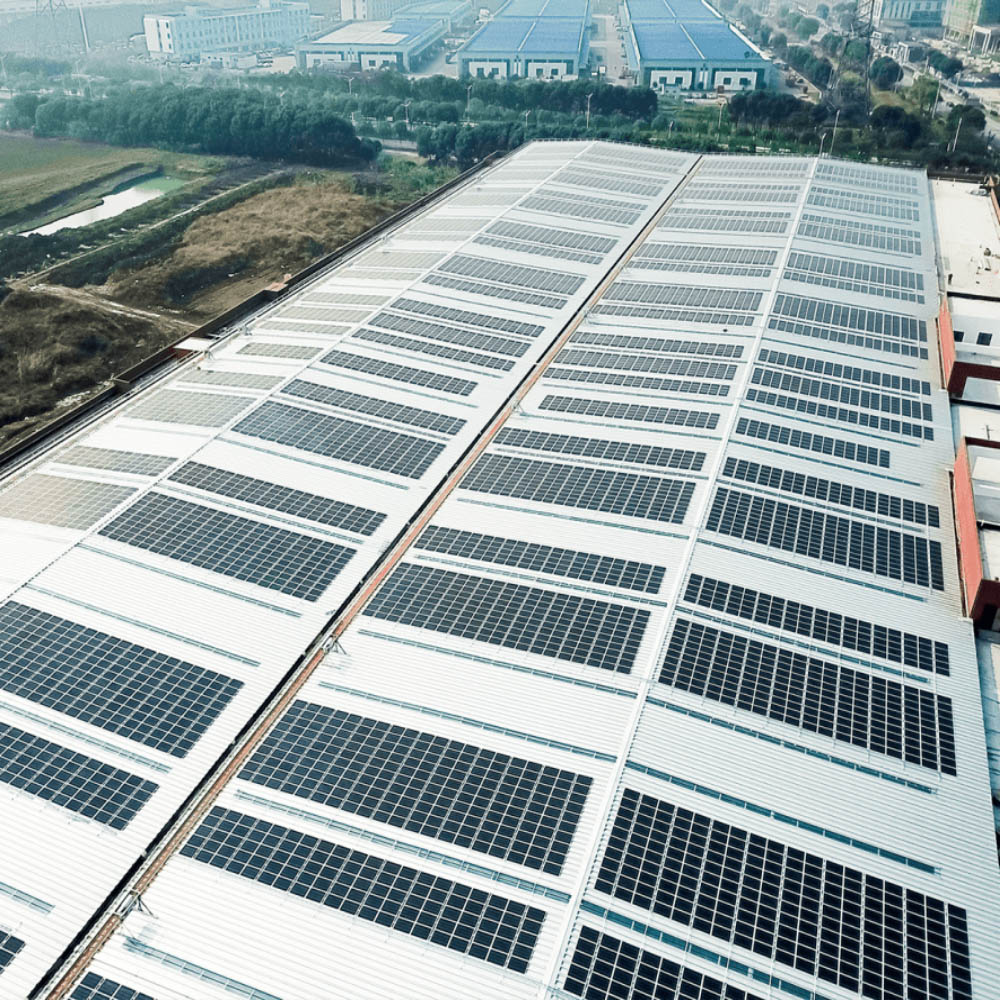
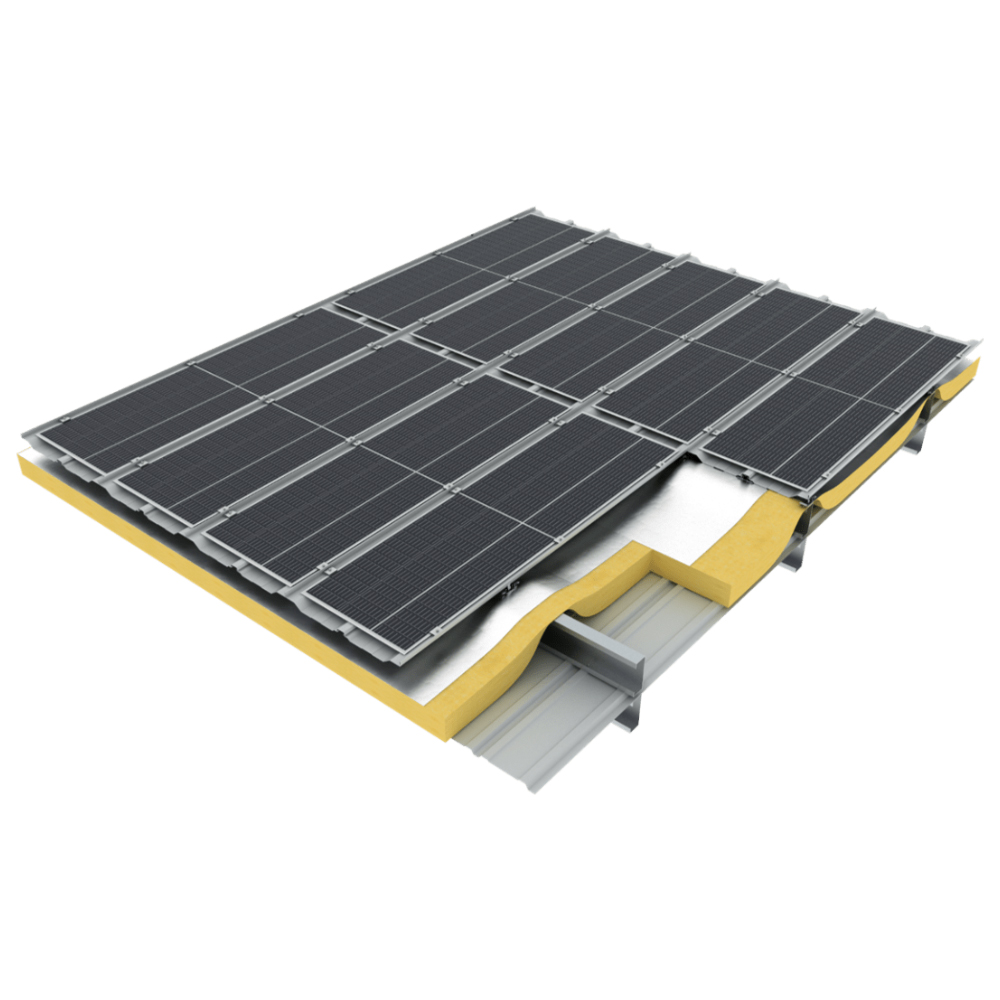
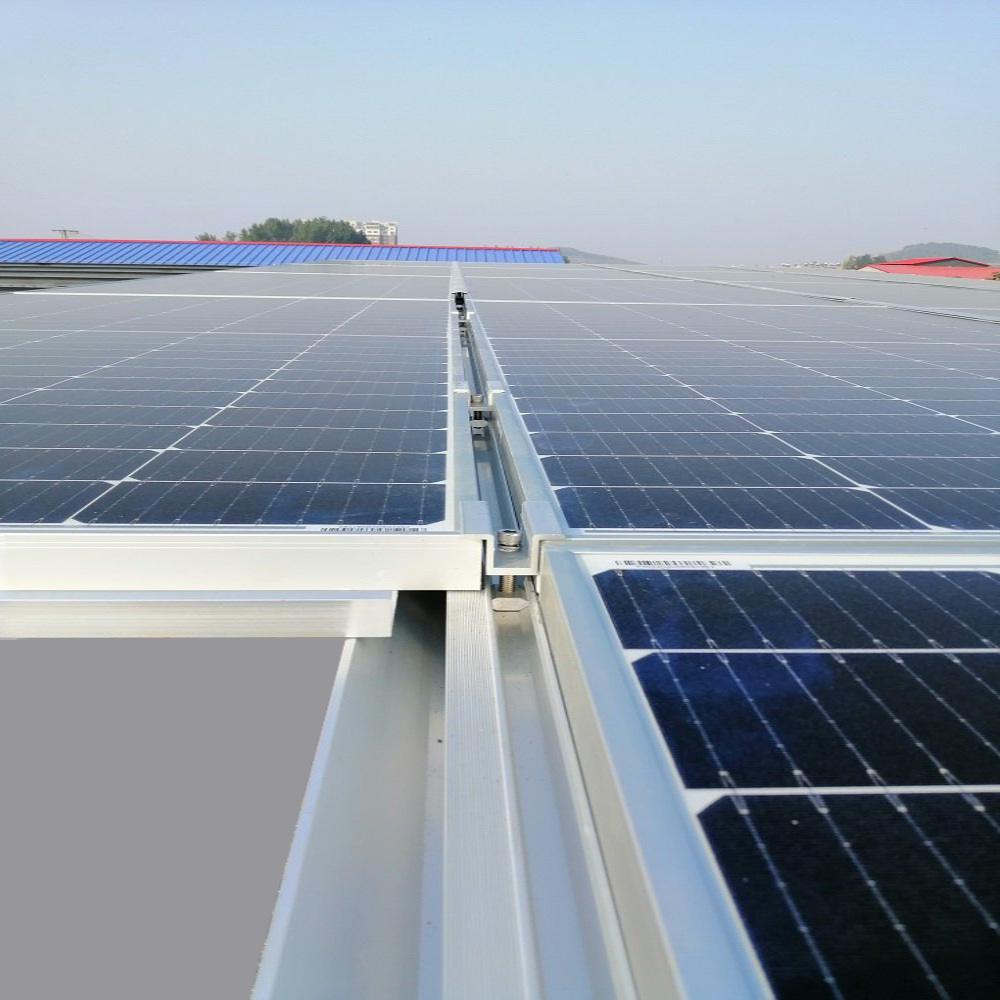
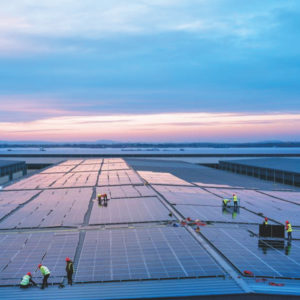
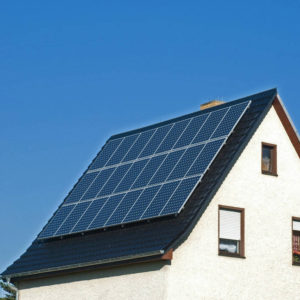
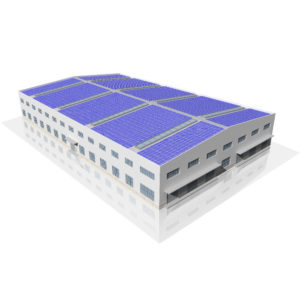
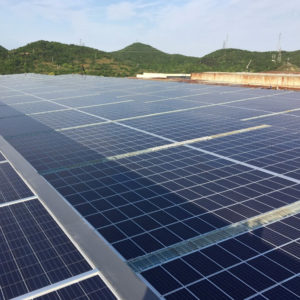
Reviews
There are no reviews yet.